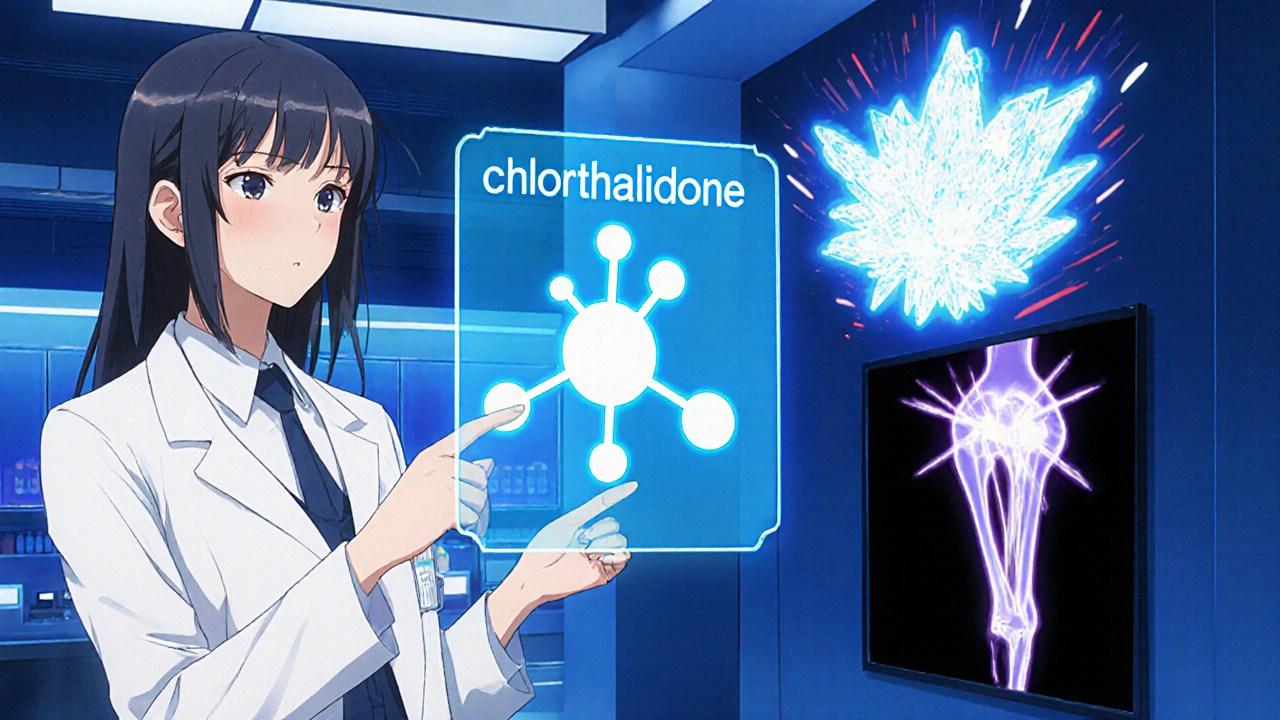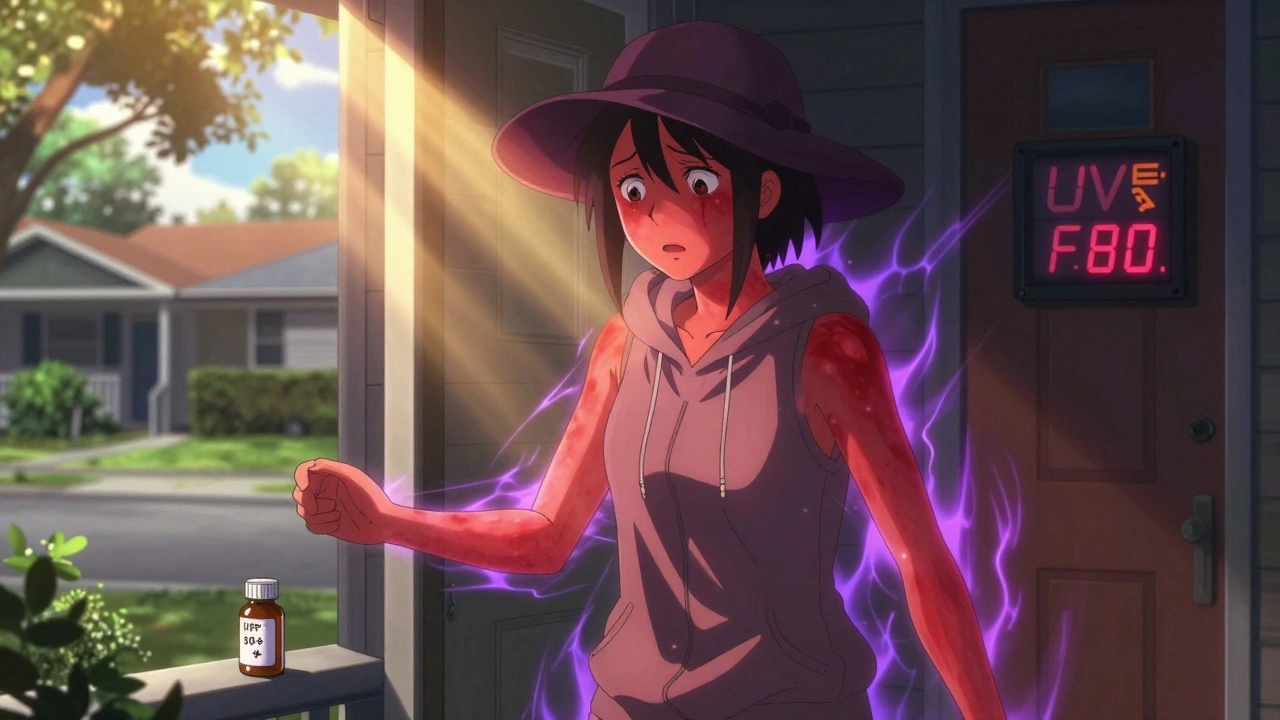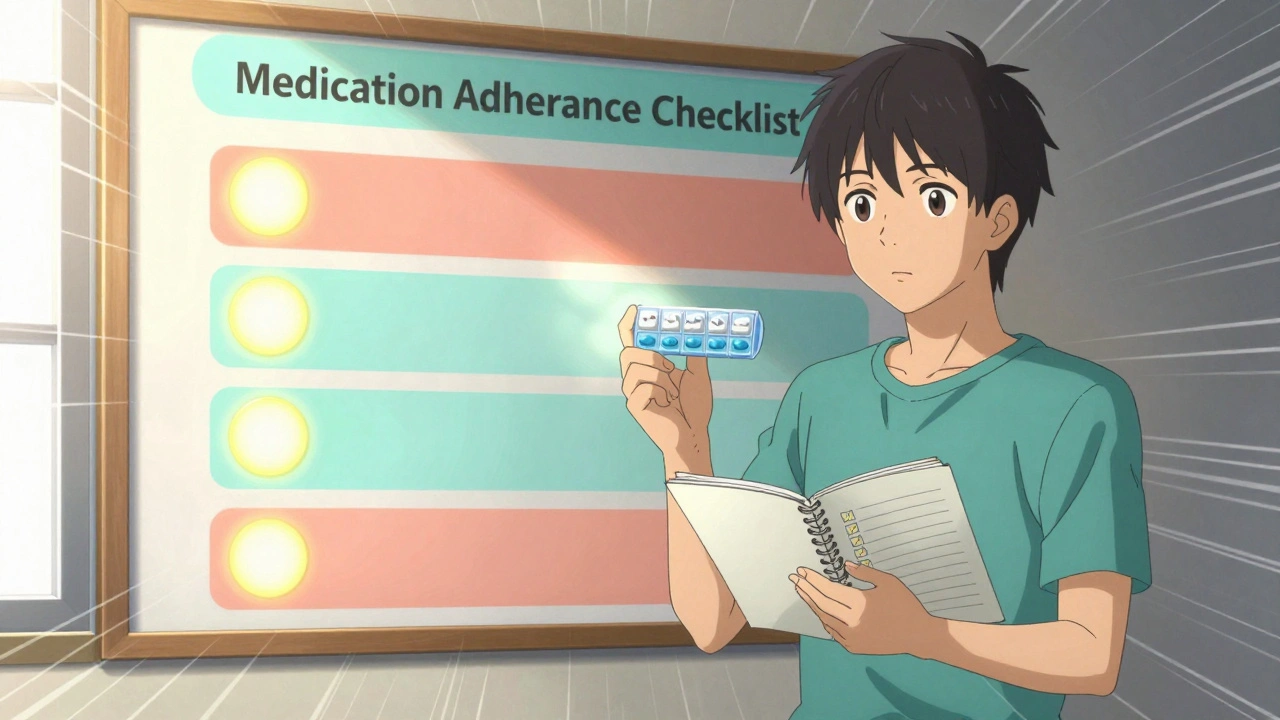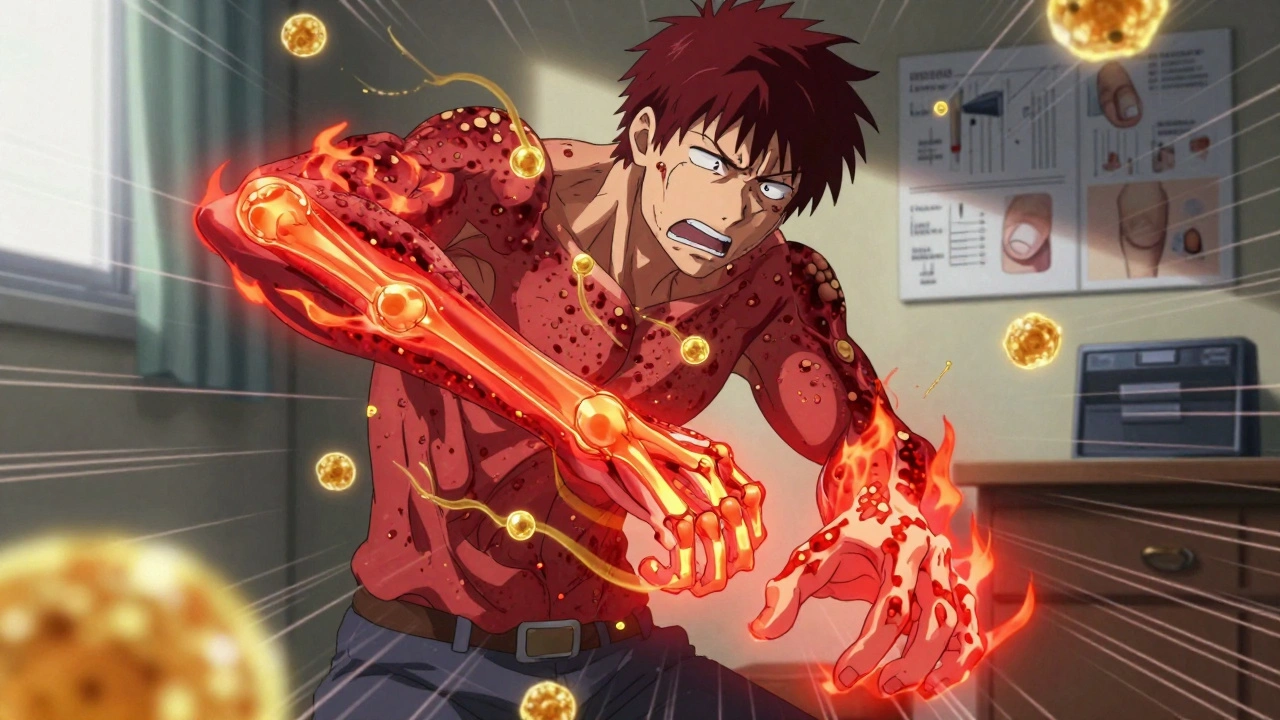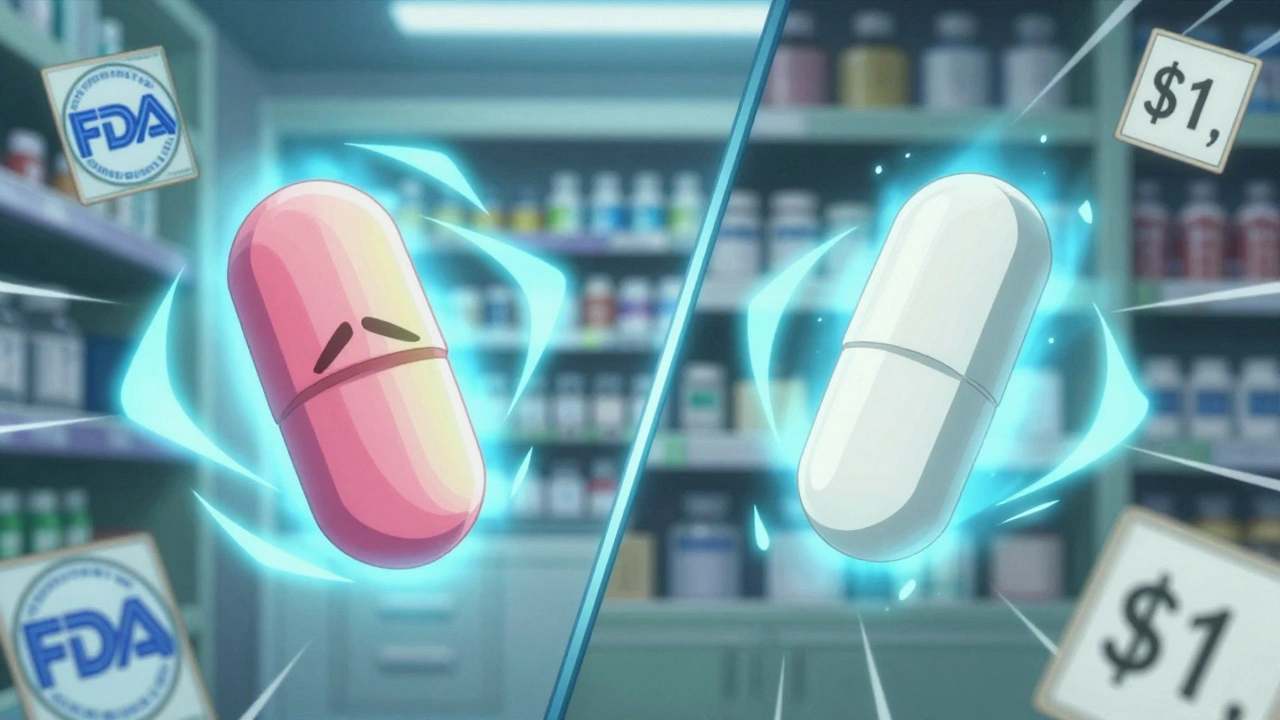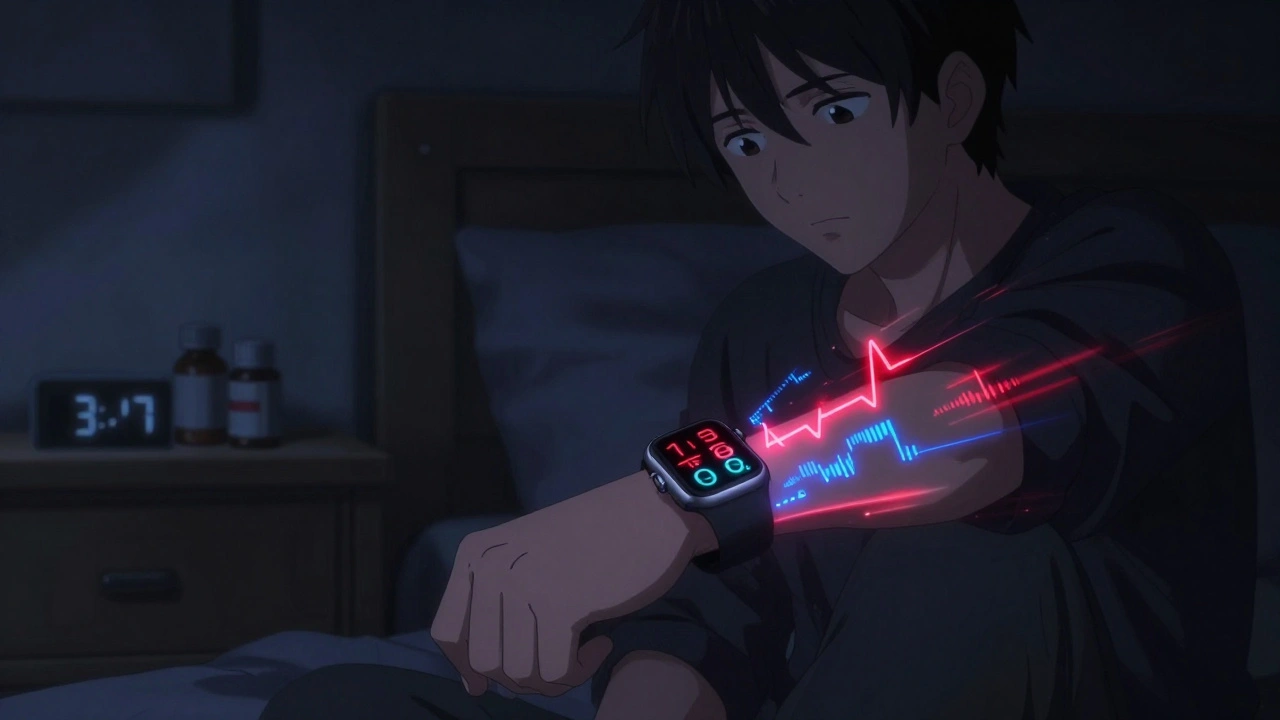Chlorthalidone and Gout: What You Need to Know
When you take chlorthalidone, a long-acting diuretic used to treat high blood pressure. It's known for keeping fluid levels in check, but it can also raise uric acid in your blood — a key trigger for gout, a painful form of arthritis caused by uric acid crystals building up in joints. Also known as a thiazide-like diuretic, chlorthalidone works differently than some other water pills, and that difference matters if you have a history of joint pain.
Many people take chlorthalidone because it lowers blood pressure effectively over 24 hours. But if you’ve had gout before, or your family has a history of it, this drug might make flare-ups more likely. That’s because chlorthalidone reduces how much uric acid your kidneys remove from your body. The result? More crystals form in your toes, knees, or ankles — leading to sudden swelling, redness, and sharp pain. It’s not guaranteed to happen, but studies show people on chlorthalidone have higher uric acid levels than those on other blood pressure meds. If you’re on this drug and notice your big toe feels hot and tender after a night out with beer or red meat, it’s not coincidence — it’s a signal.
What can you do? First, talk to your doctor. Don’t stop chlorthalidone on your own — it’s important for your heart health. But ask if switching to another blood pressure medication like losartan or calcium channel blockers might help. Losartan, for example, actually helps your kidneys flush out more uric acid. Second, watch your diet. Cut back on organ meats, shellfish, sugary drinks, and alcohol. Drink more water — it helps your body get rid of uric acid naturally. Third, keep track of your symptoms. A simple journal of when flares happen and what you ate or drank can help your doctor spot patterns.
Some people manage both high blood pressure and gout just fine on chlorthalidone. Others need to switch. There’s no one-size-fits-all answer. What’s clear is that if you’re on this medication and have gout, you need to be proactive. Your doctor might check your uric acid levels every few months, or suggest a low-dose colchicine to prevent flares. This isn’t about avoiding chlorthalidone — it’s about using it wisely.
Below, you’ll find real-world comparisons and insights from people who’ve walked this path. Some switched meds. Some adjusted their lifestyle. Others found a balance that works. These aren’t just stories — they’re practical lessons from those who’ve dealt with the same choices you’re facing now.
Chlorthalidone & Gout: Essential Facts & Management Tips
Learn how chlorthalidone can affect gout, who is at risk, and practical steps to manage uric acid levels while staying on this blood‑pressure medication.

